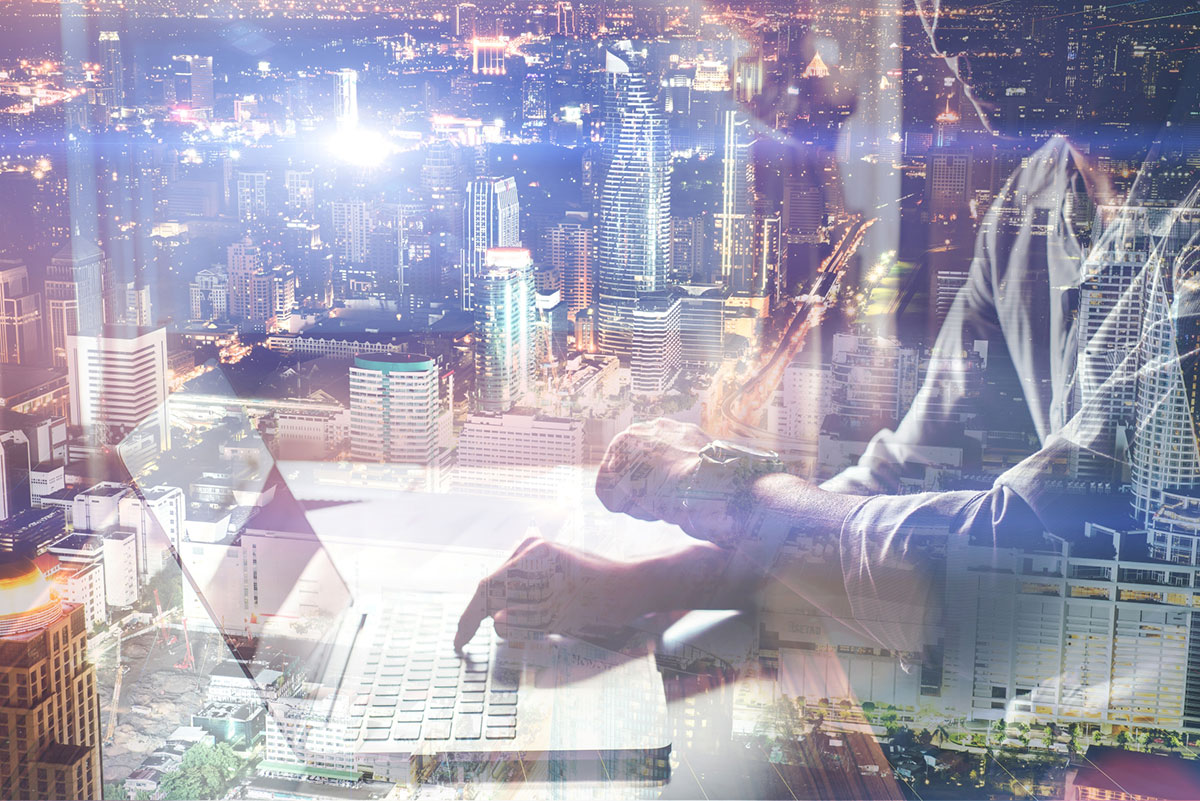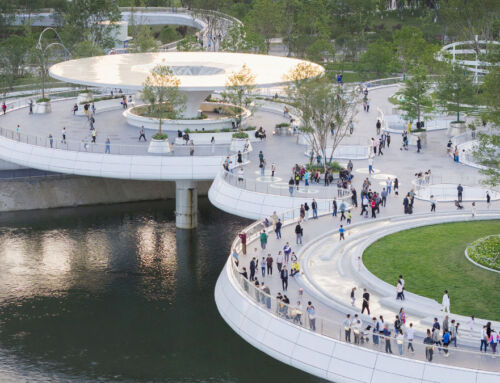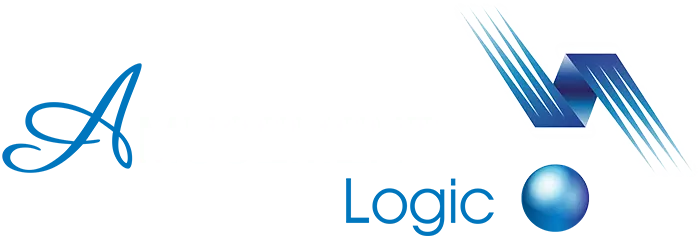So-called “digital twins” – identical digital representations of physical buildings – meet the challenge of monitoring the functioning and operation of buildings, and therefore optimising their performance in real time. This innovation is brought about by the possibility of coordinating IoT (Internet of Things) sensors, three-dimensional BIM (Building Information Modelling) models and artificial intelligence (AI).
During the design and construction phase of the building, digital twins are used to evaluate multiple alternatives, identify potential conflicts and make adjustments without the need for costly operations. Once in operation, the digital twin becomes a kind of central nervous system for the building: it automatically regulates energy consumption according to occupancy, weather and environmental conditions, anticipates maintenance needs before critical failures manifest themselves, and even simulates emergency protocols to optimise occupant safety.
The Edge in Amsterdam, the Netherlands, an office building recognised as the most sustainable in the world, uses this technology to achieve unprecedented energy efficiency. On a larger scale, Dubai, United Arab Emirates, through the Smart Dubai programme, implements urban twins – in this case, digital representation of parts of the city – for urban management.
Find out more about the usefulness of digital twins in another of our articles:
By Francisco Lozano, MEP Engineer at Amusement Logic’s Architectural Dept.
Hader image – jcomp en Freepik






